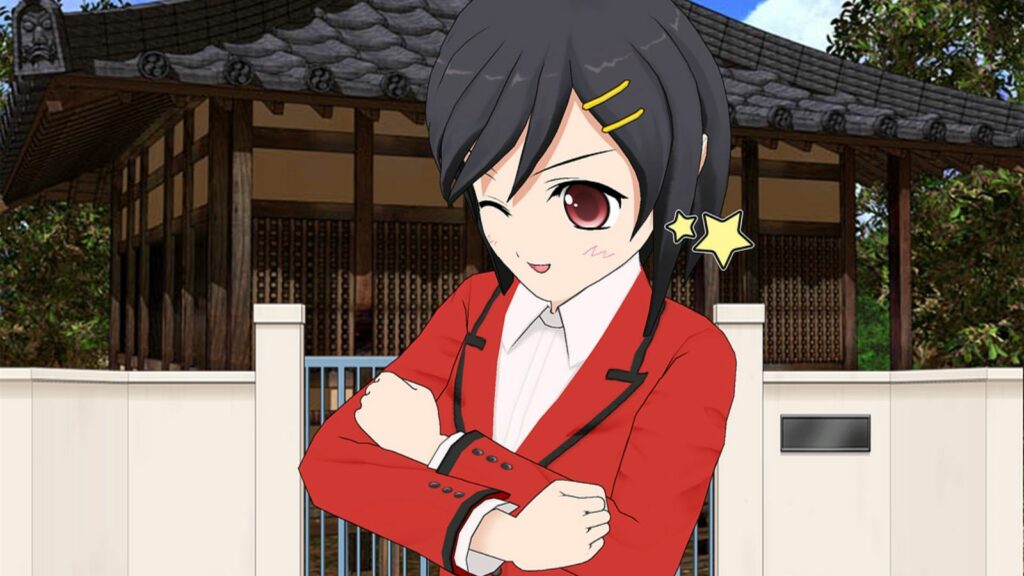Girl:7kxdwnqxmes= Anime

Technology plays a critical role in this rise, allowing creators to push the boundaries of animation quality and storytelling complexity. The widespread availability of streaming services like Netflix and Crunchyroll has enabled fans across continents to discover and enjoy anime, contributing to the genre’s global reach.
Unique Artistic Styles and Storytelling
 Anime movies offer distinct artistic styles that captivate audiences with their visual brilliance. Films like “Akira” and “Ghost in the Shell” showcase detailed backgrounds and dynamic animations, reflecting cyberpunk aesthetics. Studio Ghibli, on the other hand, is renowned for its painterly hand-drawn art that evokes a sense of wonder, as seen in “Spirited Away” and “Princess Mononoke.”
Anime movies offer distinct artistic styles that captivate audiences with their visual brilliance. Films like “Akira” and “Ghost in the Shell” showcase detailed backgrounds and dynamic animations, reflecting cyberpunk aesthetics. Studio Ghibli, on the other hand, is renowned for its painterly hand-drawn art that evokes a sense of wonder, as seen in “Spirited Away” and “Princess Mononoke.”
Storytelling in anime extends beyond conventional narratives, embracing innovative structures and deep themes. “Paprika” blends reality and dreams, exploring psychological depths through surreal storytelling. Similarly, “The Girl Who Leapt Through Time” uses non-linear narratives to depict time travel, creating a compelling and unique viewing experience.
Cultural elements add depth to anime storytelling, allowing them to transcend geographical barriers. “My Neighbor Totoro” incorporates Shinto beliefs, familiarizing viewers with Japanese spirituality. At the same time, films like “Your Name” blend modernity with tradition, showcasing architectural beauty and historical contexts, thus captivating diverse audiences through cultural storytelling.
Impact of Anime Movies on Global Pop Culture
 Anime movies significantly shape global pop culture through their distinctive artistic styles, storytelling, and themes. They influence various creative industries, including fashion, music, and video games. The visual aesthetics of anime, recognized through distinctive character designs and vibrant colors, inspire fashion trends seen in streetwear and high fashion. Collaborations with brands and the use of iconic anime motifs in clothing lines highlight this influence.
Anime movies significantly shape global pop culture through their distinctive artistic styles, storytelling, and themes. They influence various creative industries, including fashion, music, and video games. The visual aesthetics of anime, recognized through distinctive character designs and vibrant colors, inspire fashion trends seen in streetwear and high fashion. Collaborations with brands and the use of iconic anime motifs in clothing lines highlight this influence.
Music often integrates anime themes, with soundtracks from films like “Your Name” and “Spirited Away” achieving international success. Composers such as Joe Hisaishi create memorable scores that transcend their original context, confirming anime’s impact on global music culture.
Video games also absorb anime elements, with aesthetics and narratives that parallel popular films. Titles like “Ni no Kuni,” developed with Studio Ghibli, exemplify this synergy, enhancing the interactive experience with anime-style storytelling and graphics.
Anime’s storytelling promotes cultural exchange by introducing audiences to Japanese customs, mythology, and folklore. Through films like “Princess Mononoke” and “Spirited Away,” viewers gain insight into traditional beliefs, fostering cultural understanding and appreciation.
Timeless Stories
Anime movies have undeniably carved a significant niche in global cinema, captivating audiences with their rich storytelling, artistic innovation, and cultural depth. As the genre continues to evolve, it bridges cultural divides and inspires a diverse range of media. The contributions of legendary directors and studios have not only shaped the industry but also left an indelible mark on pop culture worldwide. With its ability to transcend geographical boundaries and resonate with universal themes, anime remains a powerful force, fostering a deeper appreciation for the art of storytelling and connecting audiences across the globe.


